Peek behind the curtain of this amazing tutor, Thomas Johnston, who is passionate about sharing Irish music with the younger generation through vivid shows filled with magic and curiosity inspired by the natural world. Musician, composer, educator and researcher; his work lies in those spaces between Irish traditional music, education practice and policy, community and performing arts. Hear why he thinks children are the most honest audience to perform for and why he feels that traditional music brings something very unique to the table.
Could you tell us a bit about your background, where you are from on how you started your music journey?
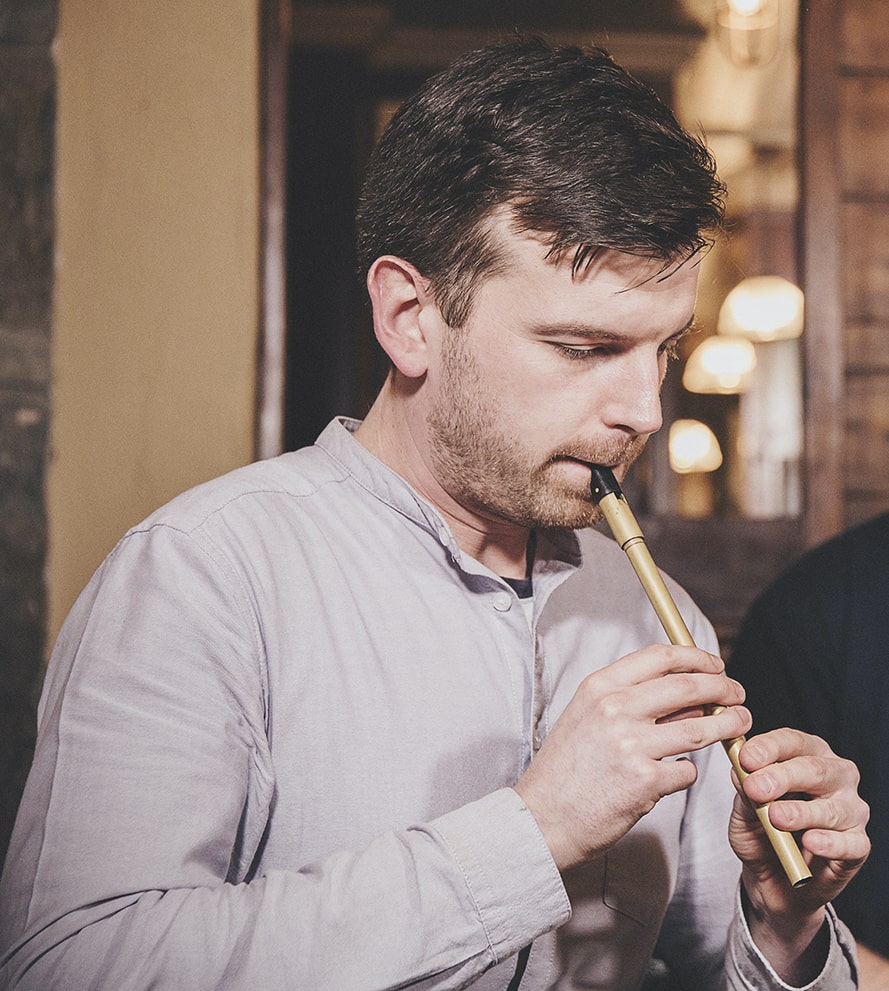
I was born and grew up in Co. Monaghan in the townland of Sheskin, near Scotstown Village and over the hills from the beautiful Sliabh Beagh. I came from a very musical household. My father was a wonderful singer and my mother used to be in a Showband back in the day called ‘Collette and the Partners’. Both Mammy and Daddy led the local choir for years and years and music was very much encouraged at home. From an early age myself and my sisters were brought to music lessons in our local school and also to the local Comhaltas Craobh Éamonn Ó Muirí. Over those early years, I also went to lessons with great Monaghan musicians Eamonn Curran, Tiarnan Ó Duinnchinn and OAIM’s very own Majella Bartley. This was very much the start of my musical journey in Monaghan – lots of lessons, sessions, trips, Fleadh’s and fun!
You are an accomplished whistle player but our students might not know that you are also a great piper. Was it a natural progression from playing the whistle?
I look back and laugh now as at the time it didn’t feel too natural, especially in those early days of learning the pipes. While there was definitely some crossover in terms of coordination of fingers and an understanding of scales and tunes etc. which certainly helped, physically (and and mentally and emotionally haha) it was a completely different ballgame. I started learning the pipes from Eamonn Curran when I was about 11 and thanks to his patience I managed to persevere through leaky bags and squeaky reeds. Once Eamonn made me a set of Uilleann pipes, it was much smoother sailing from there! I think learning the basics of the whistle before progressing to the pipes definitely gave me some discipline and an understanding of where it was possible to go musically, so it’s something I would certainly recommend.
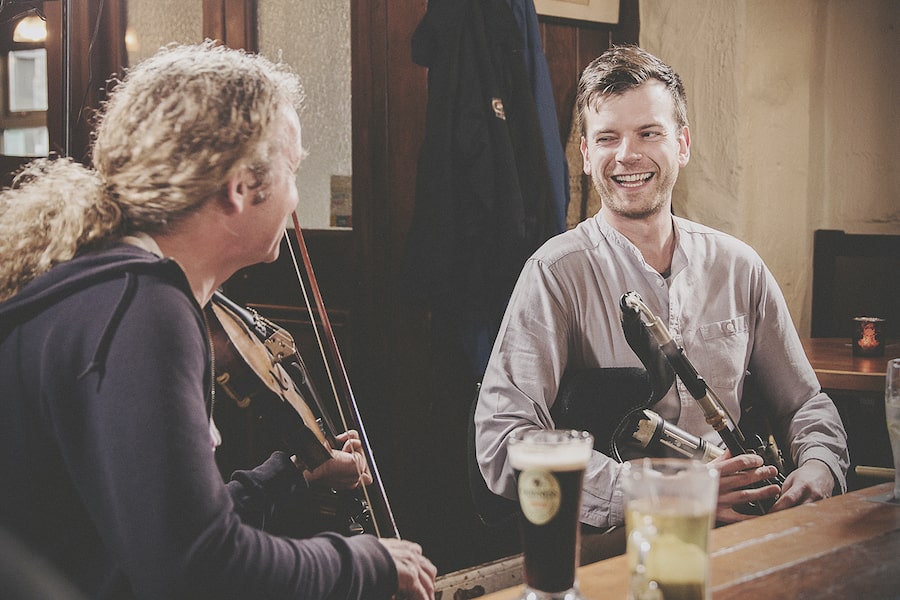
You have done a lot of work on traditional music focused on young children, how did you get into this field?
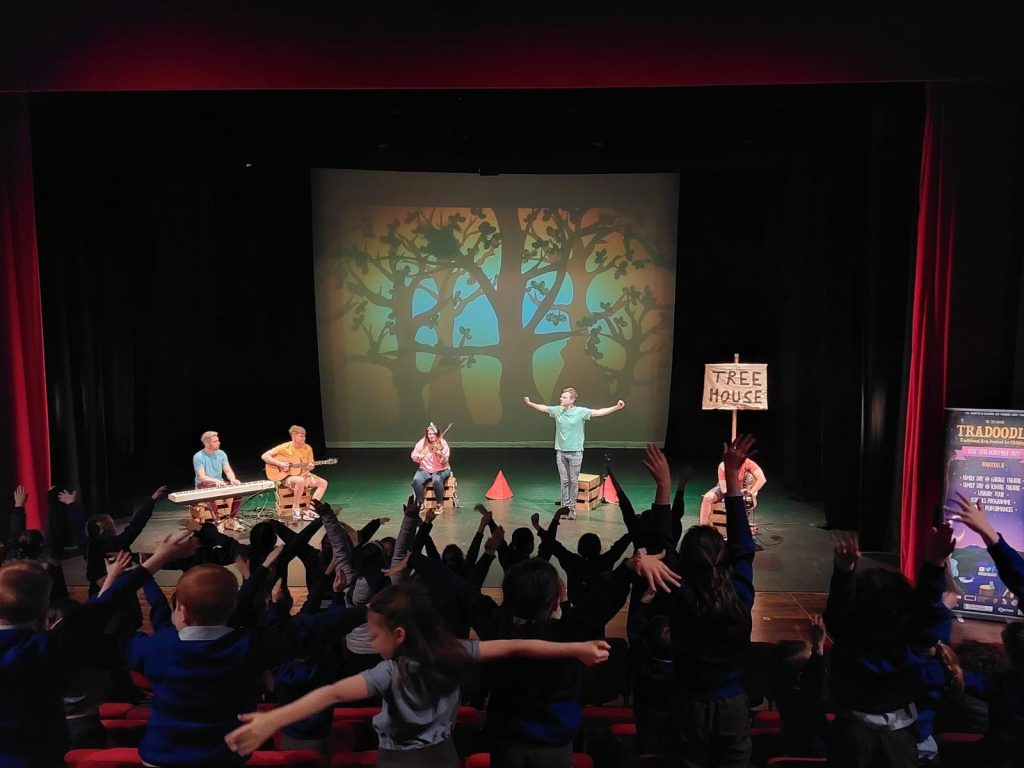
In 2006, after graduating from the BA Irish Music & Dance at the Irish World Academy of Music and Dance at the University of Limerick, I had the opportunity to perform across Wales with a wonderful Welsh theatre company called Arad Goch. The piece that we toured was a beautiful bilingual show for young children called Winter Pictures, a co-production between Arad Goch, The Ark and glór. This was my first experience of creating and performing work for children and it very much opened the door to the work that I continue to do today. Then, while completing my PhD at the Irish World Academy in 2013, I was invited to co-design and facilitate Early Years Music workshops in Limerick City with a wonderful community musician. Through these and other experiences I saw the potential of bringing traditional music to young children in ways that would really connect with their needs and interests, and I haven’t looked back since.
What are the benefits of music for children? And does traditional music offer something different from other types of music?
Where do I start? Music and music-making can have a truly transformative impact in children’s lives. Whether it is through the relationships and sense of community that is developed through music, the emotional benefits connected with being able to express yourself in your own terms, or the cognitive benefits of developing skills and expertise, the benefits are endless. From research that I’ve carried out and from my work with Ceol Connected, I’ve observed how music can bring a real sense of meaning to children’s lives. Music-making can help children to relax and to connect with others and the world around them. Of course, the benefits of music might not always be immediately obvious as they often happen in those quieter moments.
Because of the social nature of traditional music I feel that traditional music brings something very unique to the table. While learning tunes and developing and honing skills are core to what it means to be a traditional musician, our tradition also nurtures a strong sense of community, togetherness and openness.
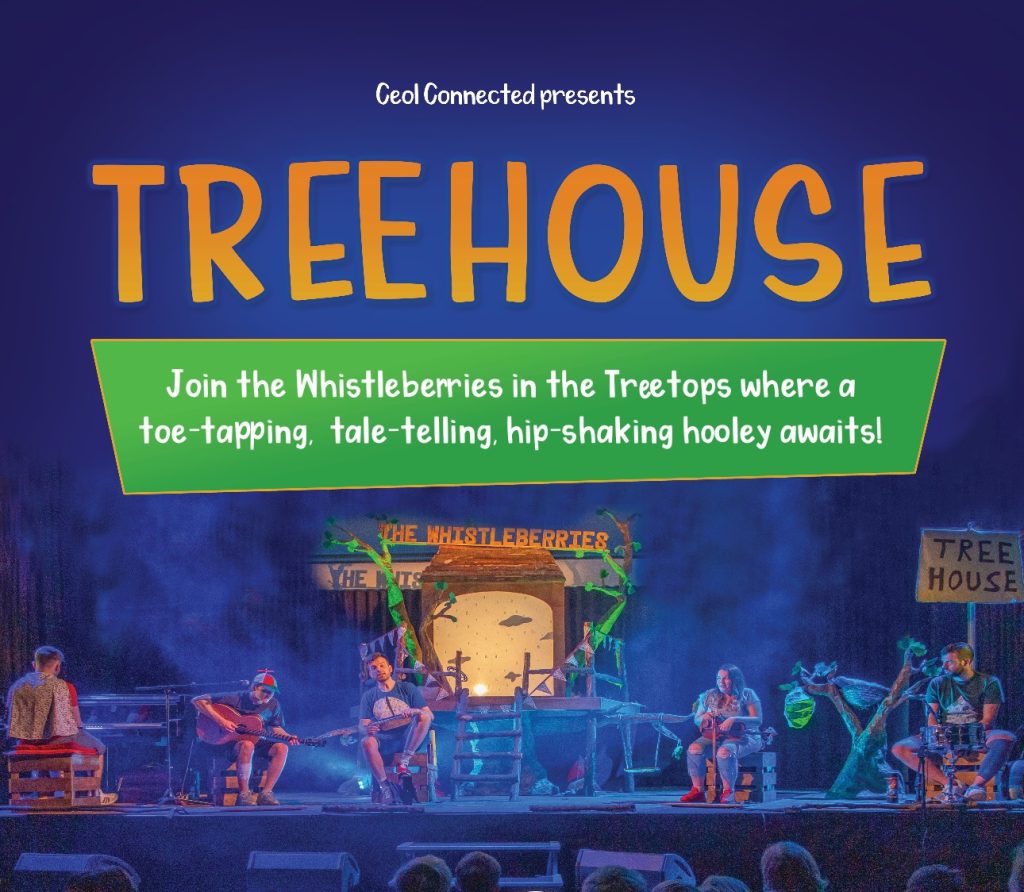
How or where do you find inspiration to compose music specifically for children?
My compositions for children are often if not always connected to nature and the natural world around me, especially in Co. Monaghan. I find great inspiration from the hills, the trees and the creatures that live in them. I also love discovering old folk and fairy tales and bringing these to life through music and song. Some recent compositions are inspired by the travels of a badger doing his ‘rounds’ (An Broc a Bhíonn Siúlach), the flight of a Red Admiral butterfly (The Red Admiral Waltz), or a little tree growing in a clearing in the forest (The Quiet Waltz). When composing music for children, I try to connect to that feeling of magic and curiosity with the world and to find the extraordinary in the ordinary. Of course, there’s no better place to find inspiration than children themselves – so a big part of my practice would involve facilitating workshops with and for children where we have a chance to explore ideas and themes.
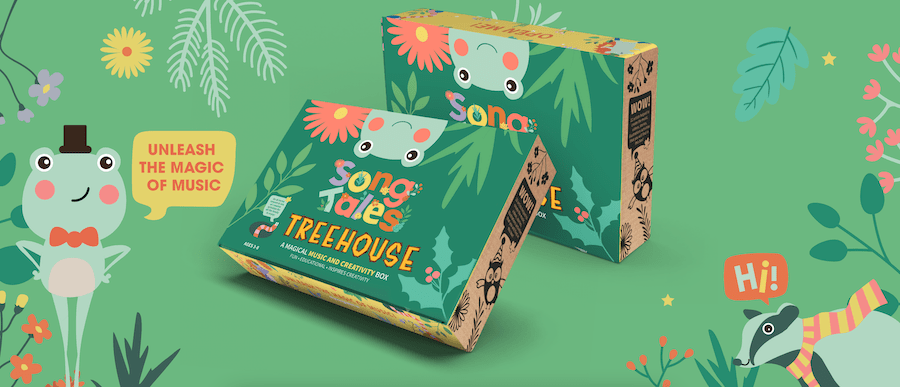
How different is it to perform for children compared to an adult audience?
Children (especially very young children) are the most honest audience that you will ever meet, so you’ll know straight away if they’re not enjoying themselves and having a good time. They’ll cry, start doing something else, or walk out! Thankfully none of those things ever happen. Most of my performances these days involve performing for children rather than adults and I love that sense of honesty, connection and joy that comes with the experience. Of course, you can experience this with an adult audience also, but there’s definitely something unique about performing for young children in particular.
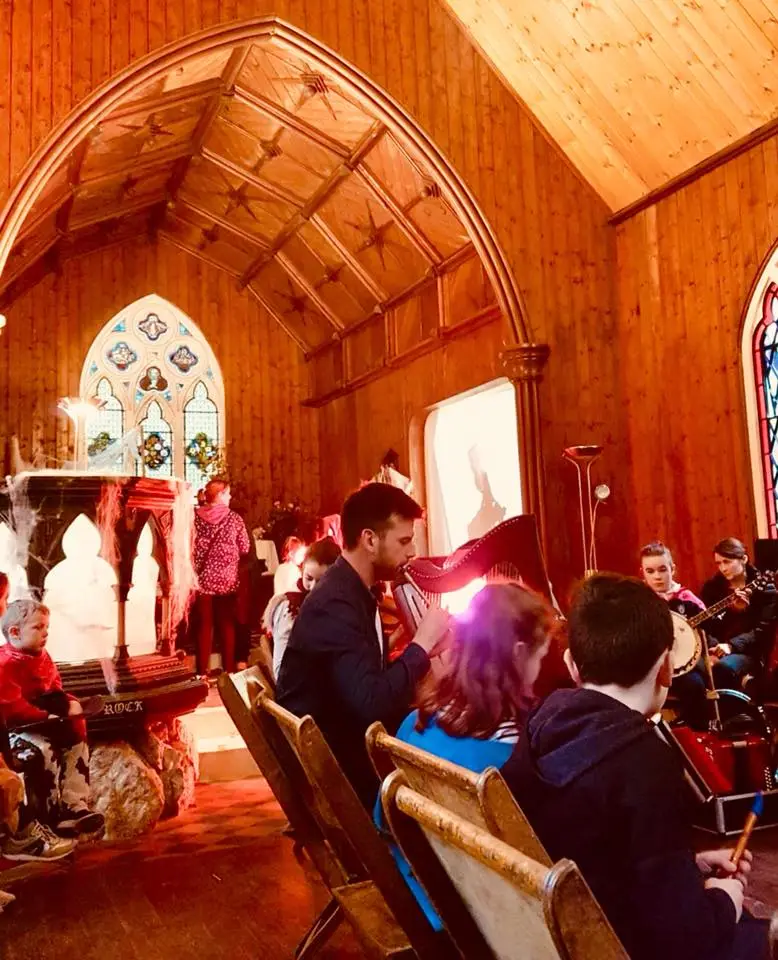
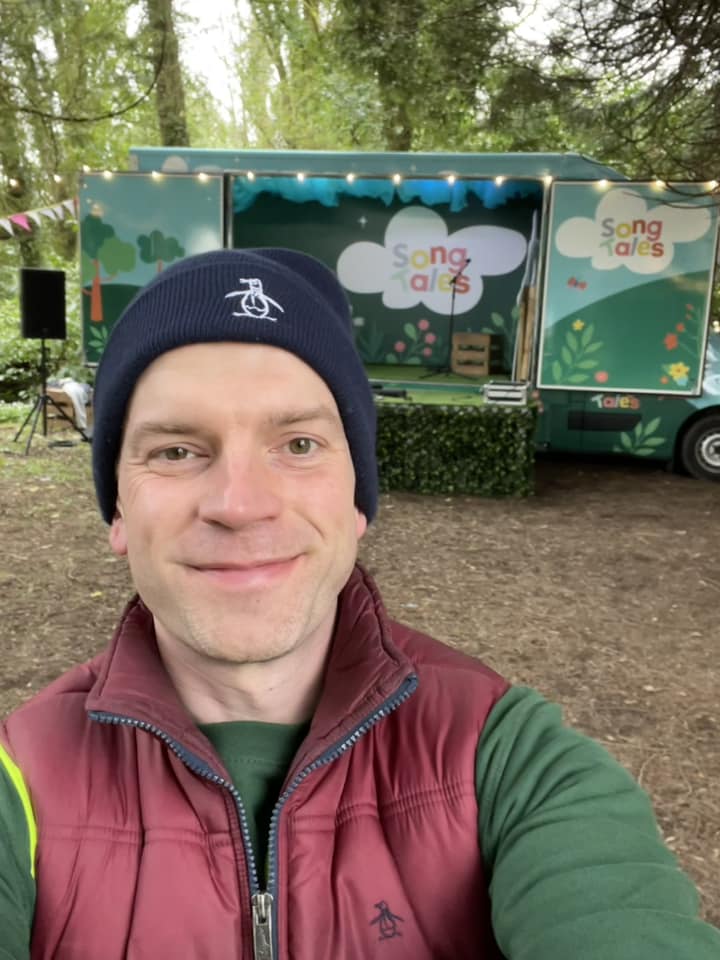
What projects are you currently working on?
There’s lots of exciting things happening at the moment. We are creating a new show called The Land of a Hundred Little Hills inspired by Patrick Kavanagh’s A Christmas Childhood poem. This is a co-production between Ceol Connected, the National Concert Hall and Draíocht Arts Centre, commissioned by the Patrick Kavanagh Centre and Monaghan County Council. The Land of a Hundred Little Hills takes themes from A Christmas Childhood and threads them through a music- filled story about a young boy whose life is full of wonder, fantastical adventures, and a deep connection with the world around him.
In April we launched our very exciting SongTales music & creativity box for children, inspired by our TREEHOUSE production. We have been developing our SongTales box over the last number of years, and following a successful Kickstarter campaign in 2022, we’re finally ready to launch! In each box, children can experience music, songs and videos from the show, as well has a whole host of creative activities connecting to the music and songs. You can find out more at mysongtales.ie
We recently premiered our new show called When the Moon Spun Round that we have coproduced Fidget Feet and we’re currently planning our Autumn/Winter tour. When the Moon Spun Round is a show for children ages 6+ that brings together the world of aerial dance & traditional music.
Finally, between April-June we will bring our SongTales sa Spéir experience on the road in partnership with 11 Music Generation areas, funded by the Arts Council. SongTales sa Spéir is a mobile music experience where we bring our beautiful SongTales van to schools all around the country. Four fabulous musicians will perform music and songs from TREEHOUSE and over the course of the tour we plan on meeting almost 10000 children!
So there’s lots and lots happening – it’s wonderful.
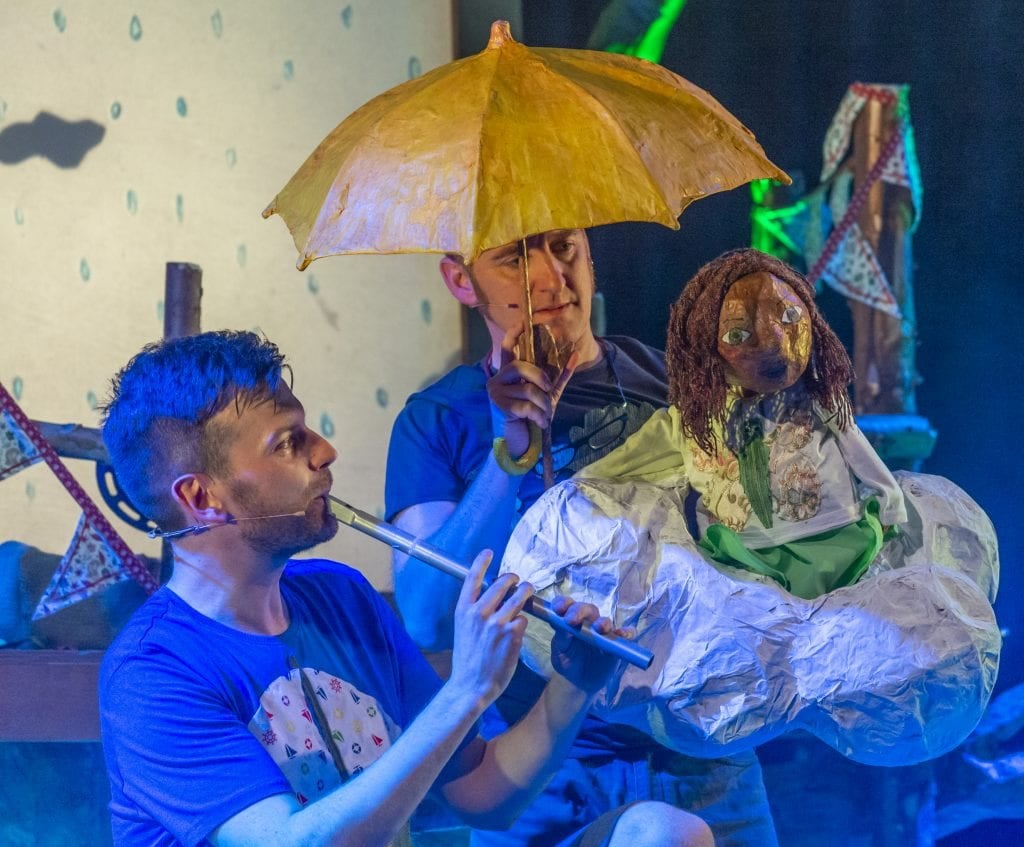
Could you tell us about Tradoodle Festival, a traditional arts festival dedicated to young children that you have produced?
Tradoodle Festival, which had its first year in 2017, is Co. Monaghan’s Traditional Arts Festival for Children presented by Ceol Connected in association with Monaghan County Council. With Tradoodle Festival our aim is to enhance traditional arts in the county through a rich programme for school and family audiences incorporating traditional music, song, dance, storytelling, and much more. The festival has gone from strength to strength each year – last year we had our first ever Tradoodle Big Band and this year we will have a whole range of events taking place in preschools, community centres, primary schools, libraries, and venues. Each year, I love to see incredible artists visit Monaghan and meet children across the county. It’s very special. The Tradoodle dates for this year’s dairy are 19th-22nd October… so stay tuned!
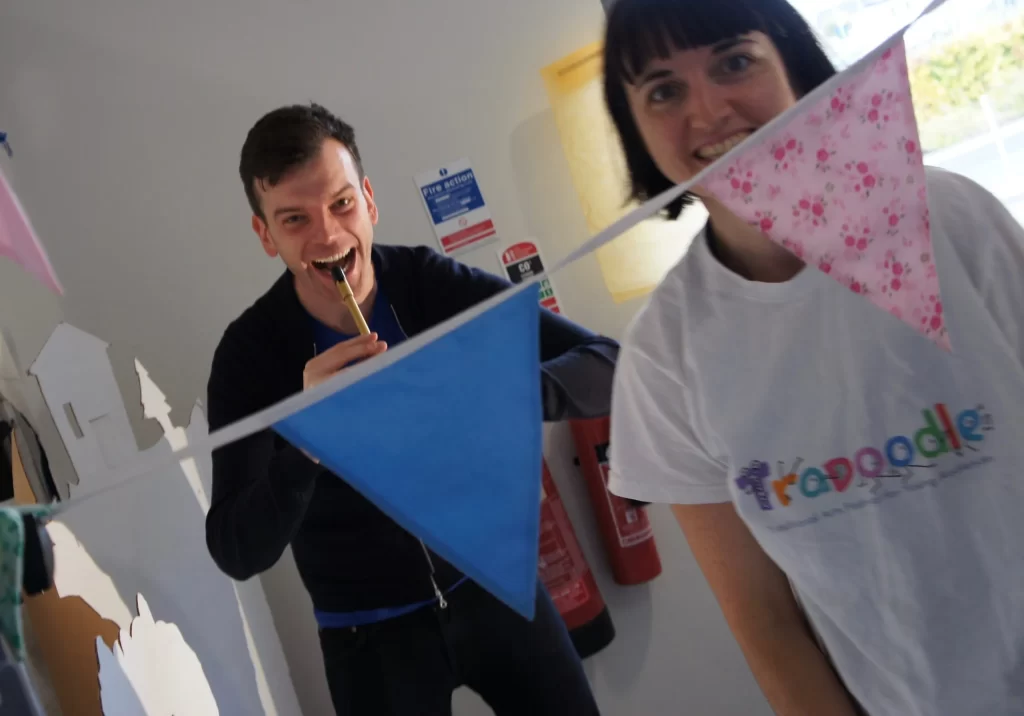
Between all your activities, do you still find time to play in sessions? Is it something you enjoy?
Absolutely! There’s nothing quite like meeting with friends old and new to have a tune in a session. While it’s a bit more challenging these days to go along to a regular session, as I’m on the road quite a lot, it’s also important to find the time every so often. I live in Dublin to my local would be The Cobblestone.
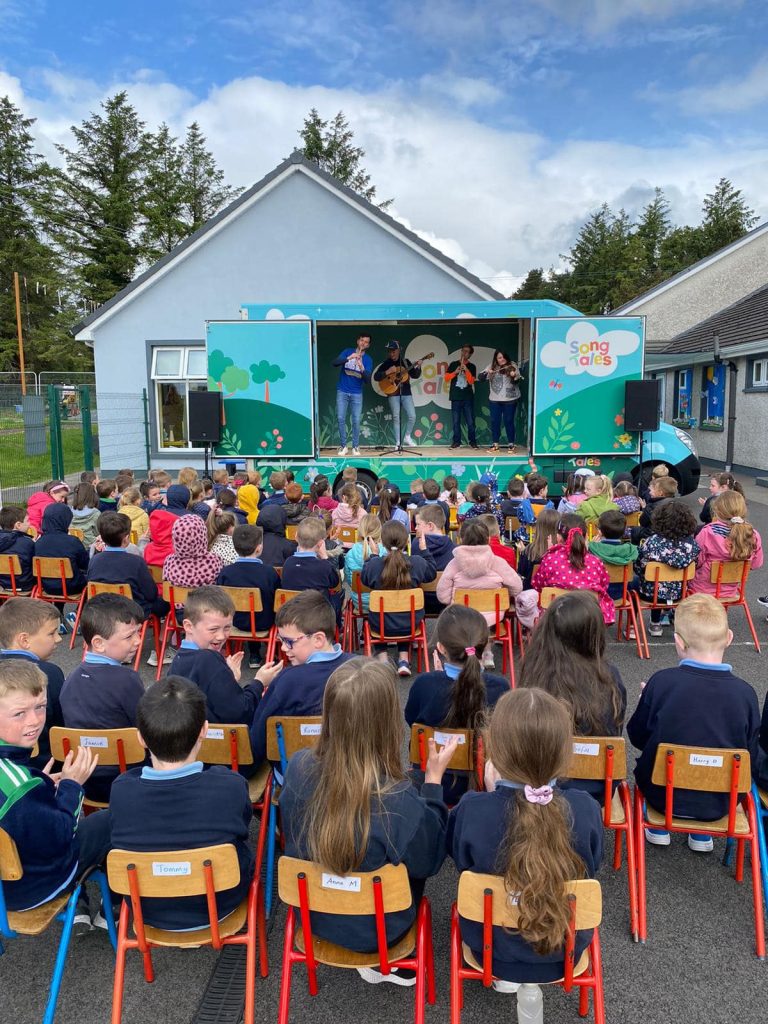
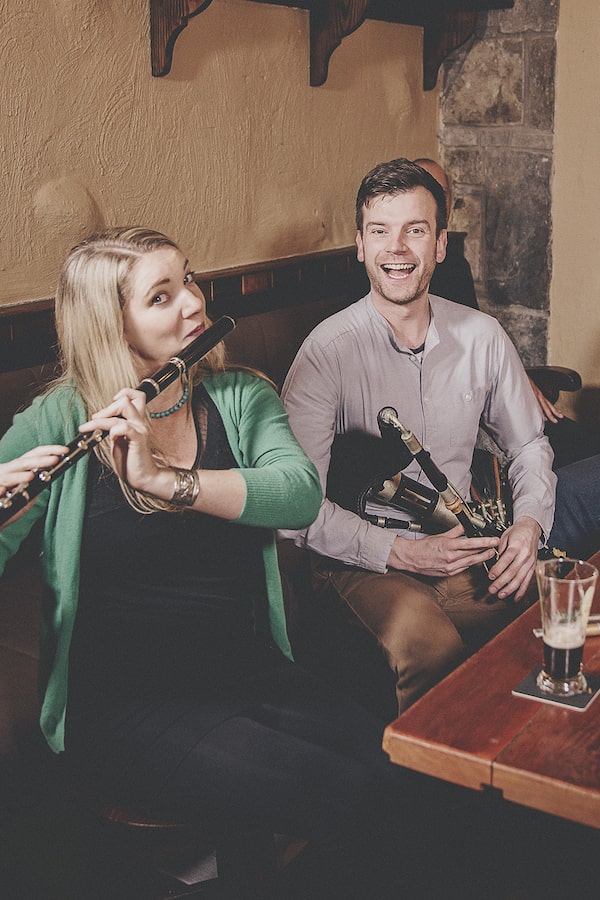
Do you listen to much traditional music in general? Could you maybe recommend a classic album and a contemporary album to our students?
I listen to traditional music but also to quite a lot of other styles and genres. At the moment I’m really enjoying the Nordic band Dreamers’ Circus, Iceland’s Ólafur Arnalds and experimental techno duo Kiasmos. In terms of Irish traditional music, a classic album that I love and always revisit is Liam O’Flynn’s The Piper’s Call (1998) in particular the tracks Bean Dubh An Ghleanna and The Pleasures of Hope. In a more contemporary sense, Síle Denvir’s recently released single Eileanóir a Rún and Karan Casey’s Nine Apples of Gold album are stunning.
What is your favourite part about teaching traditional music?
I really enjoy making new connections with people through teaching music. It’s also such a joy to see people make new musical discoveries – whether that’s learning a skill or new technique or a discovering new tune or composer.
Have you got any tips to share with parents of young children who would like to encourage them to discover Irish traditional music?
Look out for SongTales when we launch next month haha!
There’s such an abundance of great music out there and there’s new albums by fantastic musicians and composers being released every other week. I would encourage parents to find a space for music listening in children’s every day lives, to have conversations around music, and to find opportunities for children to experience live music. Your local libraries, Comhaltas groups, Music Generation programmes and of course OAIM are great places to start!
OAIM Courses with Thomas:
We welcome your Comments & Questions:
2 responses to “Thomas Johnston Interview”
-
I was lucky to participate in the OAIM Retreat where Thomas taught whistle. Having lessons with him was an absolute treat. I fondly remember that he used to start every day with a warmup. That was very thoughtful.
-
Great memory Amir! Thanks for sharing!
-
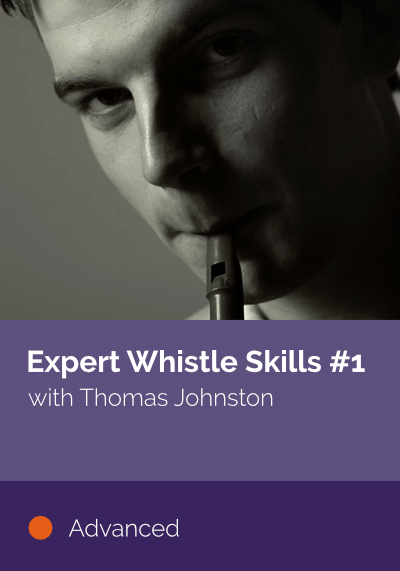
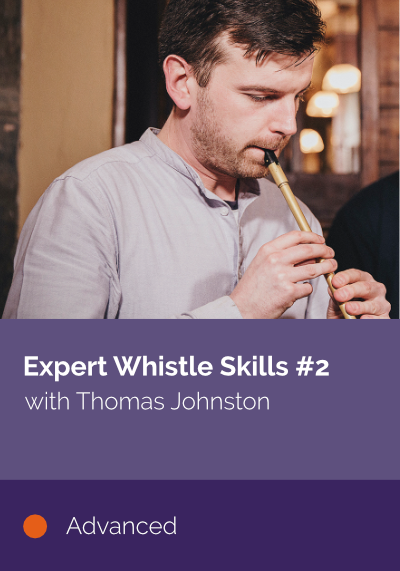
Leave a Reply